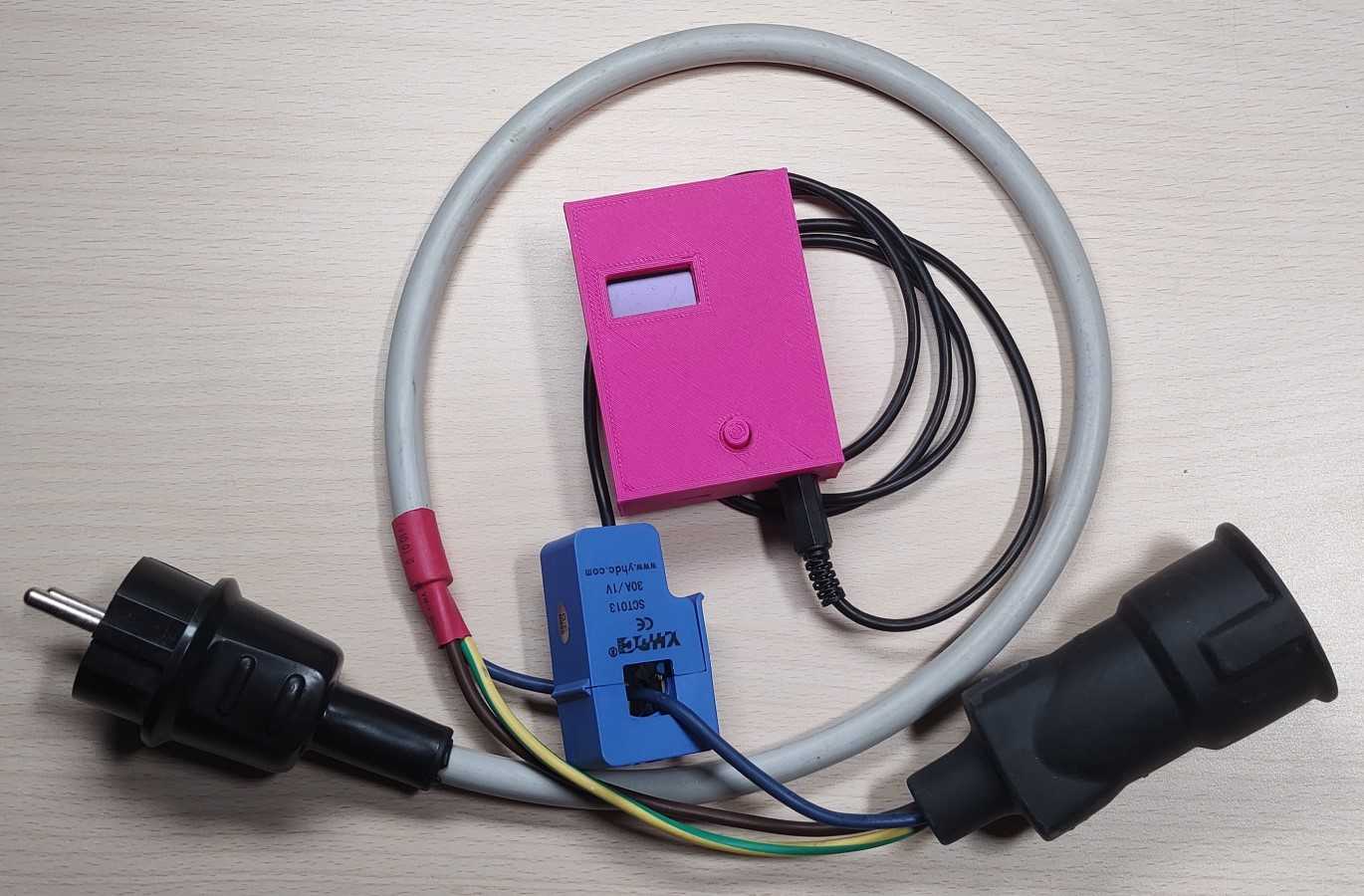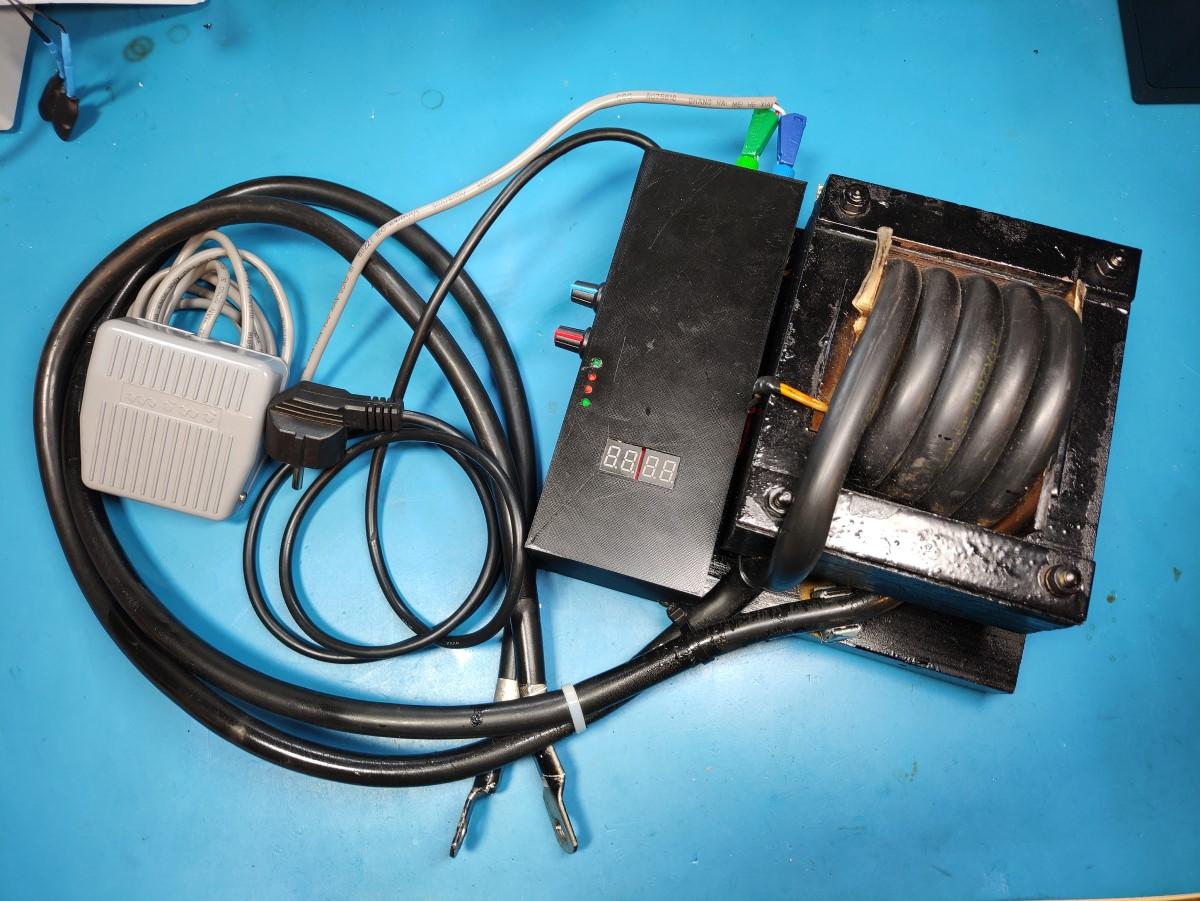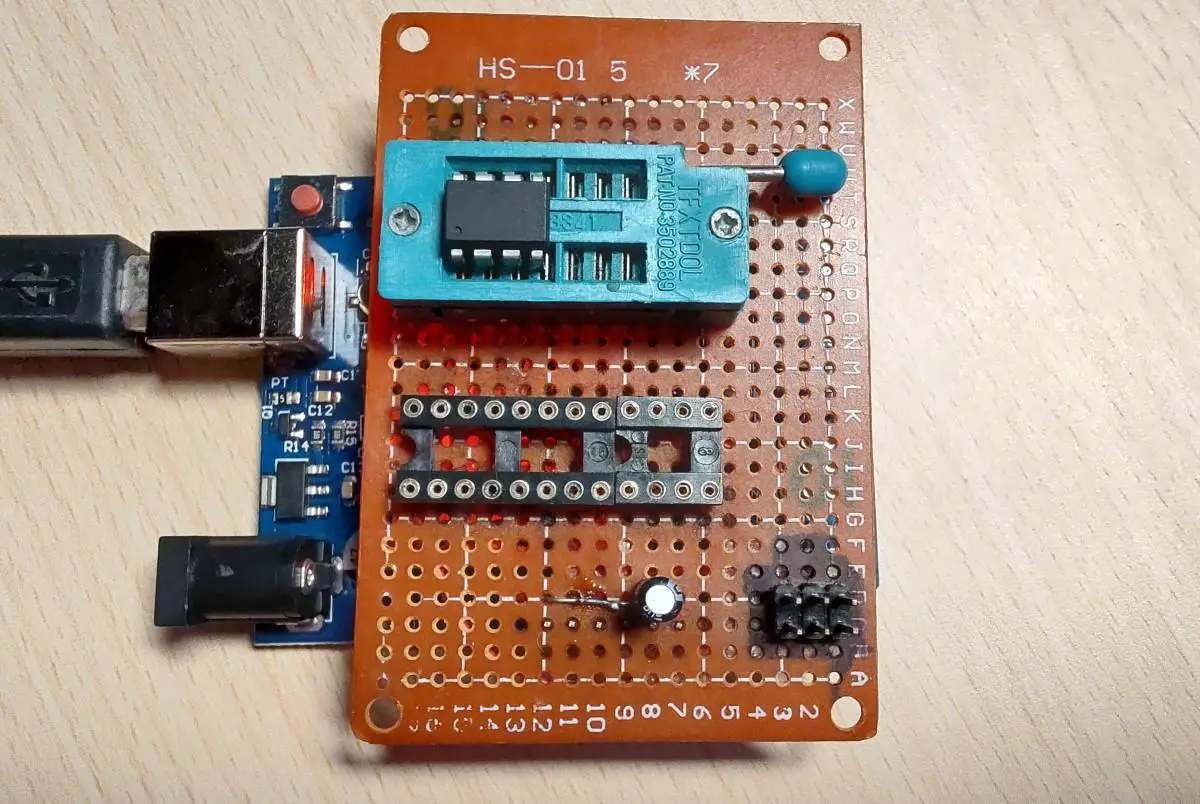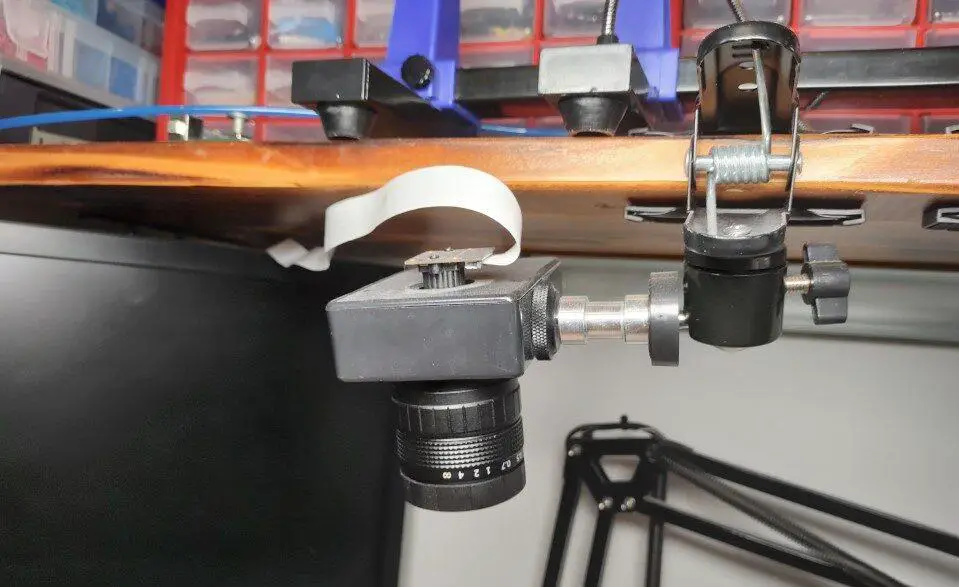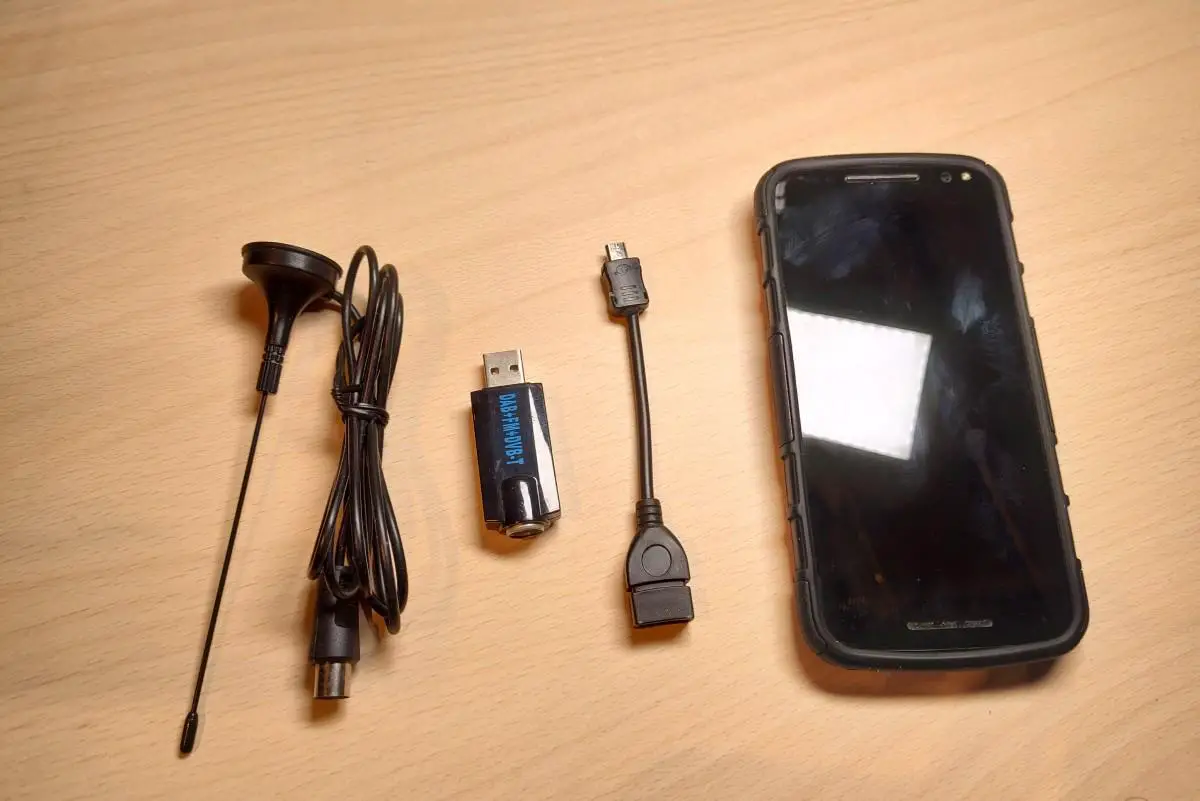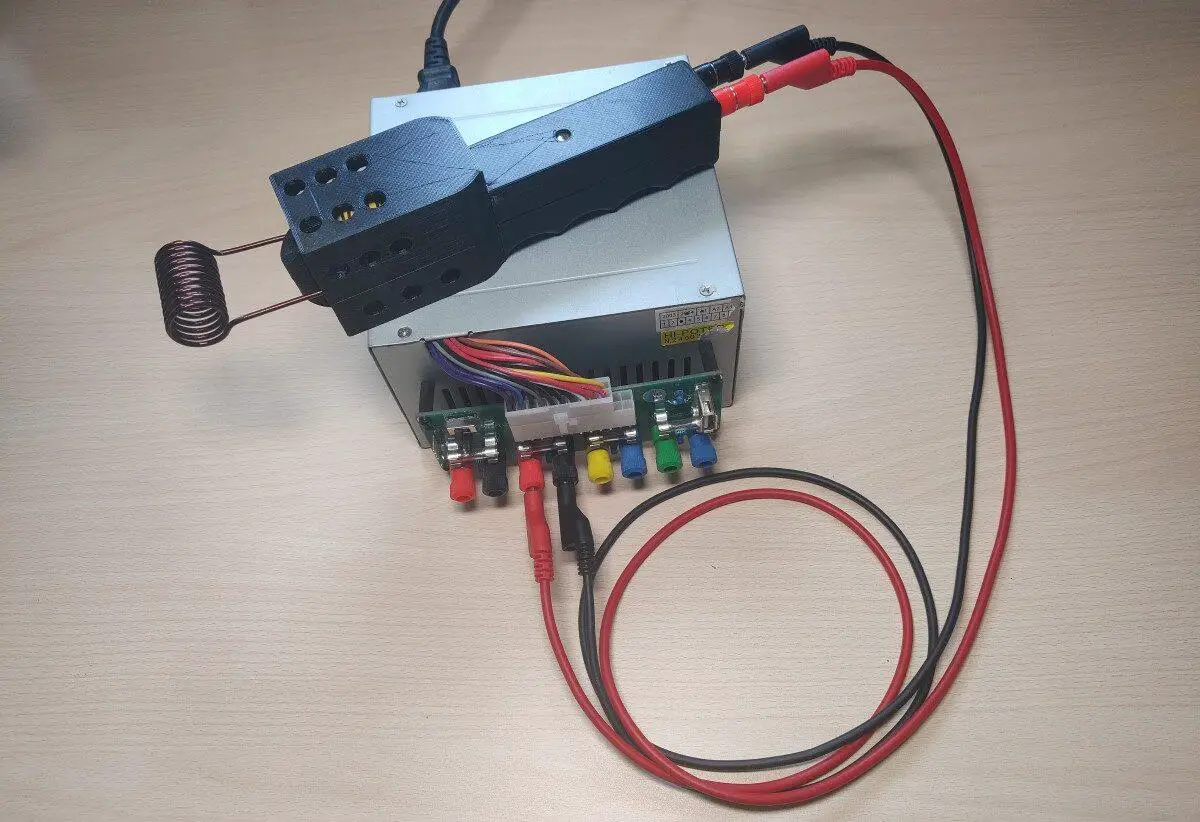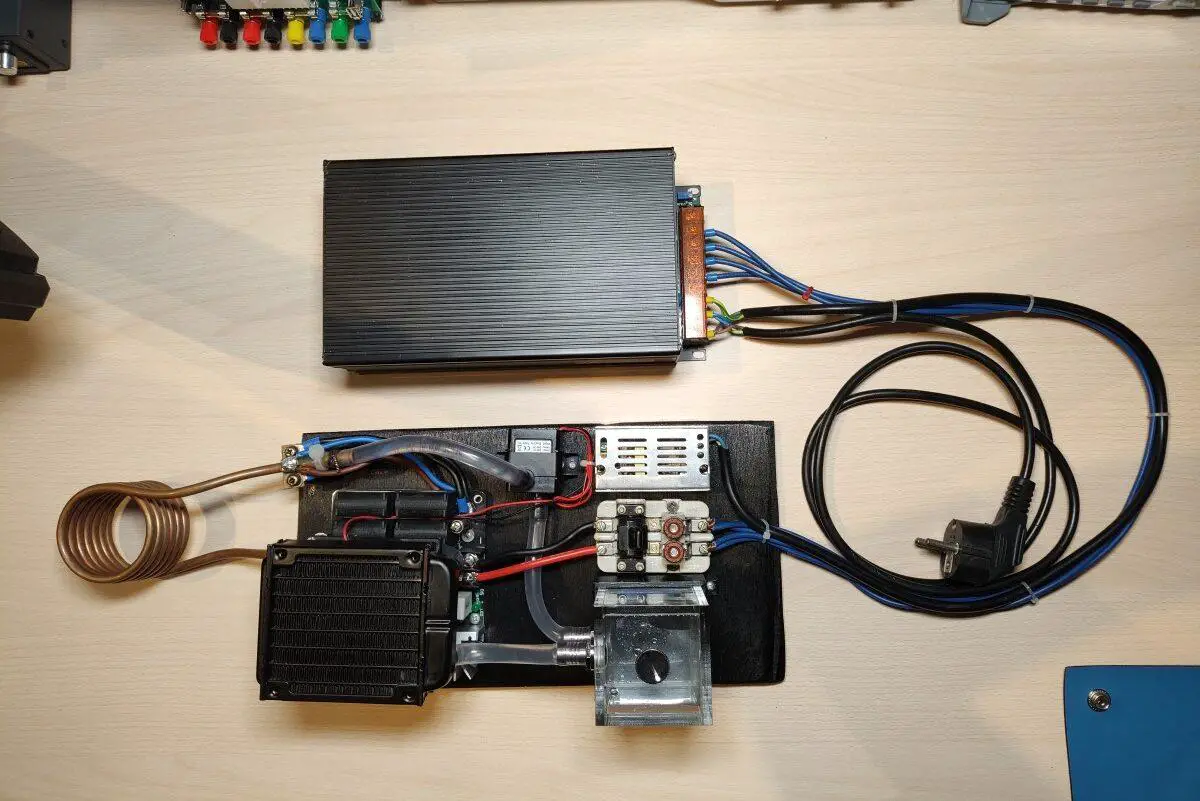DIY Clamp Current Meter
In this post, I will show you the contactless clamp power meter I made. I used a readily available SCT-013 current transformer clamp. The great thing about this is that you can measure the current flowing through a wire without having to put an amp meter in series with the load and source. This means you also don’t have to expose yourself to a potentially dangerous voltage.
